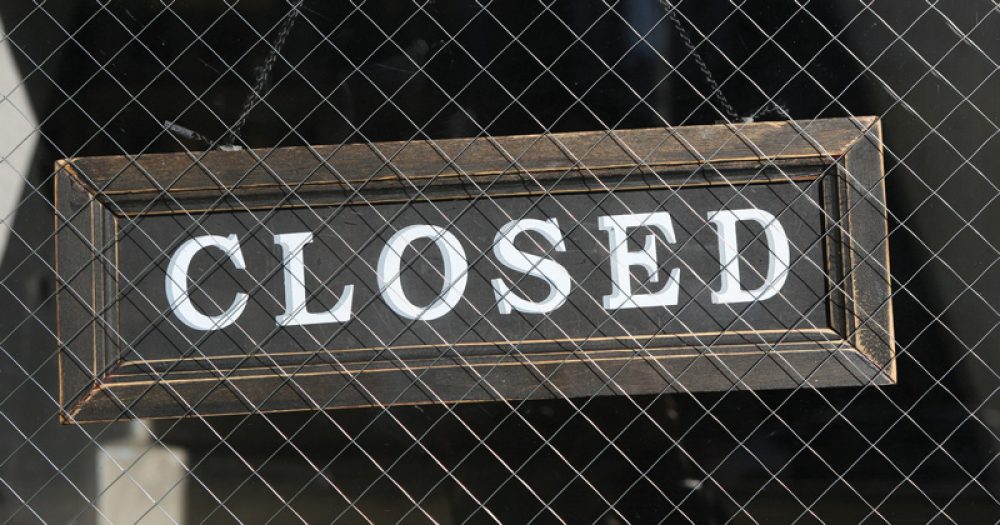The Church of England may have to close some of its small rural schools as problems with funding, teacher supply and building maintenance get worse.
It oversees 70 per cent of schools in the smallest category, those with fewer than 110 pupils, which means that the challenges facing most schools in the country – teacher recruitment, falling pupil numbers, low funding and upkeep of old school buildings – are exacerbated.
The Reverend Nigel Genders, head of education at the Church, told Schools Week that his organisation remains “committed as a major education provider”, but accepted that some schools may have to close.
He said that a “hard-edged approach” is necessary to “take objective decisions in the interests of children”.
A recent report by his department blames “successive governments” for their failure to fund more than a “skeleton staff” at small schools, and says it is time to “reimagine” education in small schools and isolated villages.
A hard-edged approach is necessary to take objective decisions in the interests of children
Rev Genders said the report is designed to “help schools and dioceses think about the quality of education offered in small and rural schools and embrace change in a way which leads to high quality education”.
However, he declined to comment on how many or which schools are likely to face closure, as decisions will be taken “in the local context”.
The CofE runs 1,351 “very small” schools with fewer than 110 pupils, around 70 per cent of the country’s total stock. 1,264 of these schools are in rural areas.
It also runs 1,411 “small” schools of between 111 and 209 pupils, 856 of which are rural, as well as 1,859 schools with more than 210 pupils, where just 321 are in rural areas.
In the case of struggling schools, the report said it can be difficult to “justify keeping the school open” unless there is an “overwhelming reason”.
The DfE recognises that “smaller, more remote schools face different funding pressures” a spokesperson said. She pointed to a £26 million sparsity funding factor in the national funding formula.
However, the CofE noted that a number of its rural schools are ineligible, as the sparsity factor applies only to pupils who would have to travel more than two miles to the next primary school.
There is also little opportunity in such schools for career development, broad curriculums or strategic planning, and trainees are “reluctant to move to rural areas”.
The condition of small rural schools is also problematic. Many inhabit 19th century church buildings with high maintenance costs and heating bills. It can be “difficult to justify” maintaining a school which requires “significant investment” to “bring the building up to standard”.
The report recommends that small schools work in “formal groupings” of local authority schools or multi-academy trusts, allowing them to share governors, headteachers and resources, and suggests several villages may need to share new rural schools in the future.
Barbara Taylor, the secretary of the National Association of Small Schools who chairs the governors at a school with 49 pupils in south Oxfordshire, accepted that some underperforming small schools may have to close, but argued “most” perform well and are a “focal point of the community”.
Her own school is able to attract trainees and teachers who “really know” the children, and warned that closing village schools will cause young families to move away.
“It worries me that if you close the school, you lose a key element of the community.”







Your thoughts